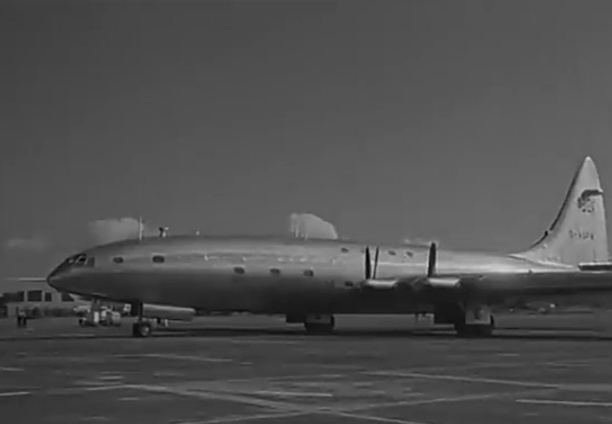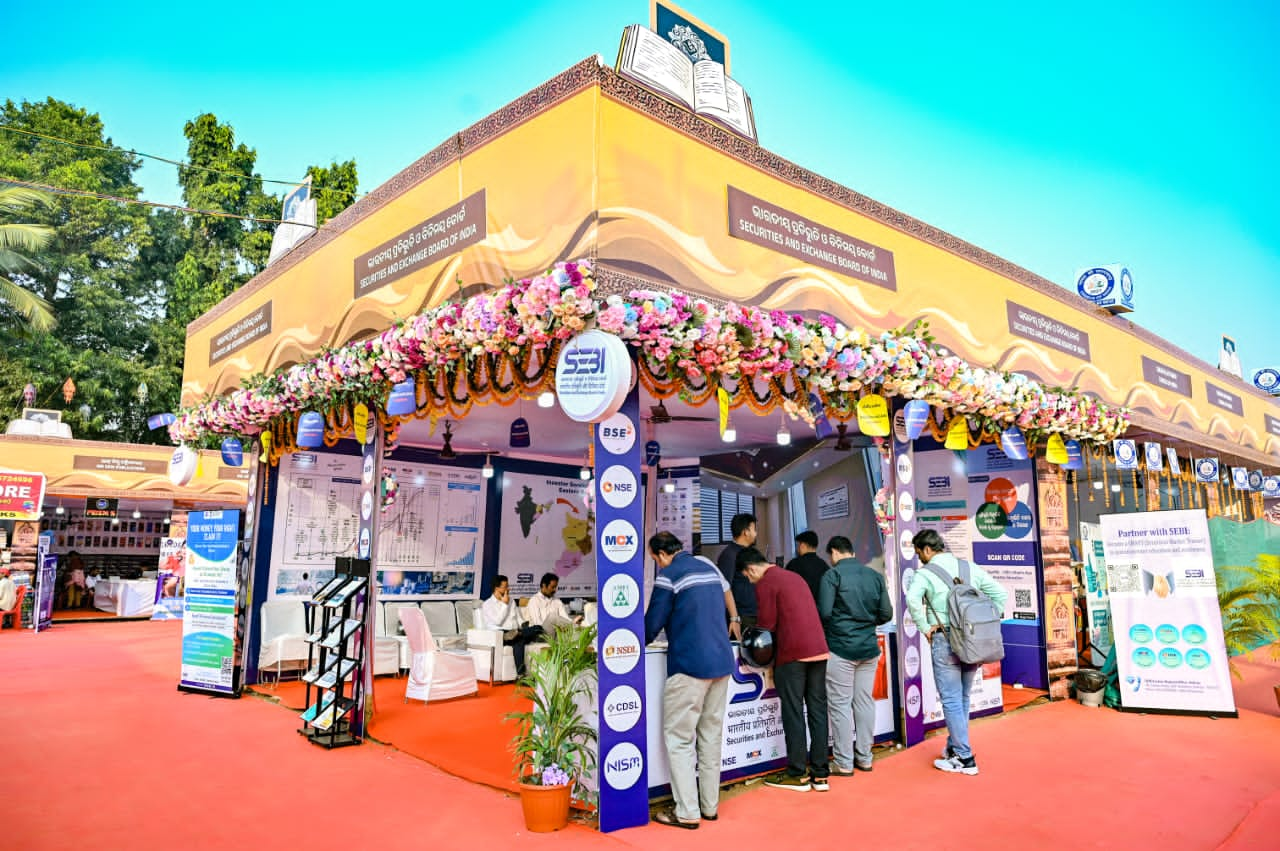The “130-Ton Colossus” refers to the Bristol Brabazon,
A British airliner designed in the 1940s. It was a large, ambitious project with a maximum takeoff weight of 290,000 lb (131,542 kg), powered by eight engines and capable of carrying 100 passengers.
Here’s a more detailed look at the Brabazon:
Key Features:
Massive Size:
The Brabazon was a colossal aircraft, with a wingspan of 230 ft (70 m) and a length of 177 ft (54 m).
Powerplant:
It was powered by eight Bristol Centaurus 18-cylinder radial engines, each producing over 2,650 horsepower.
Luxury and Comfort:
The aircraft was designed to be a “flying palace” with lavish sleeping compartments and even a cinema onboard, aiming to provide a luxurious transatlantic travel experience.
Technical Challenges:
The Brabazon faced significant challenges due to its size, cost, and the emergence of competing technologies, such as jet engines.
Inspiration and Development:
Post-War Ambitions:
The Brabazon project was conceived in the aftermath of World War II, with the goal of developing a superior long-range luxury airliner.
The Brabazon Committee:
The project was driven by the Brabazon Committee, headed by Lord Brabazon of Tara, who developed the specifications for the aircraft.
Initial Design:
The Bristol Aeroplane Company was selected to build a prototype, leveraging their experience with large bomber designs.
Legacy:
First Flight: The Brabazon made its maiden flight in 1949.
Limited Success: Despite its initial promise, the Brabazon never entered commercial service.
Influence on Future Aircraft: The Brabazon’s design and technologies paved the way for future developments in large passenger aircraft, including the Concorde.












Leave a Reply